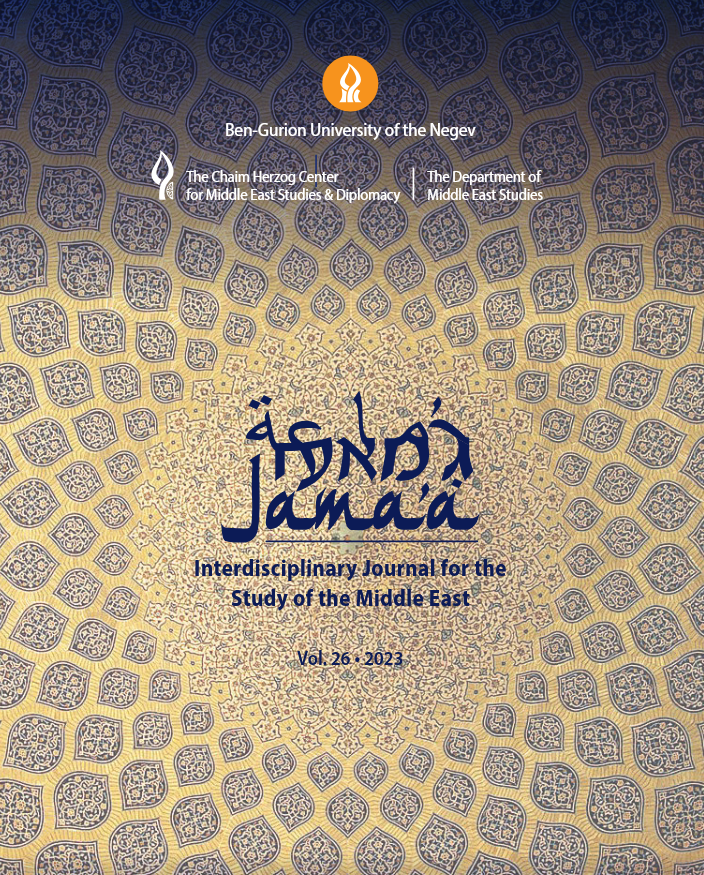Race and Gender in Early Zionist Scopic Regime
DOI:
https://doi.org/10.64166/xfjber07Abstract
This article outlines the construction of the Zionist Scopic Regime during the Yishuv period, by using race and gender as analytical perspectives. I rely on the approaches of Intersectionality, Visual Culture Studies, and Critical Race Studies. I argue that three dominant colonial practices, photography, botany, and exhibitions, served the Zionist establishment for the construction of a Zionist Scopic Regime which encoded intra-national, racialized division of roles between the Ashkenazi and Mizrahi groups. This racialized division of roles was based on a racialized visual gender image of Mizrahi women. The principle of racialization through feminization, which underlied the Zionist visual image of Mizrahi women, served as a model for the racialization of Mizrahi communities. The Mizrahi public was visualized using signifiers of the disadvantaged discursive position within the hierarchical oppositions, male\female, modern\traditional, Zionist present\Jewish past, and political action\survival labor. Thus, feminization, as a visual element that was used to racialize the Mizrahi public, became a pillar in the visual invention of a national Zionist genealogy in which Mizrahi Jews were constructed as dependent. This was in opposition to Ashkenazi Zionist nationalism, which was constructed as a protective and redeeming male entity.
References
Downloads
Published
Issue
Section
License
Copyright (c) 2023 Jama'a: an Interdisciplinary Journal of Middle East Studies

This work is licensed under a Creative Commons Attribution-NonCommercial 4.0 International License.


